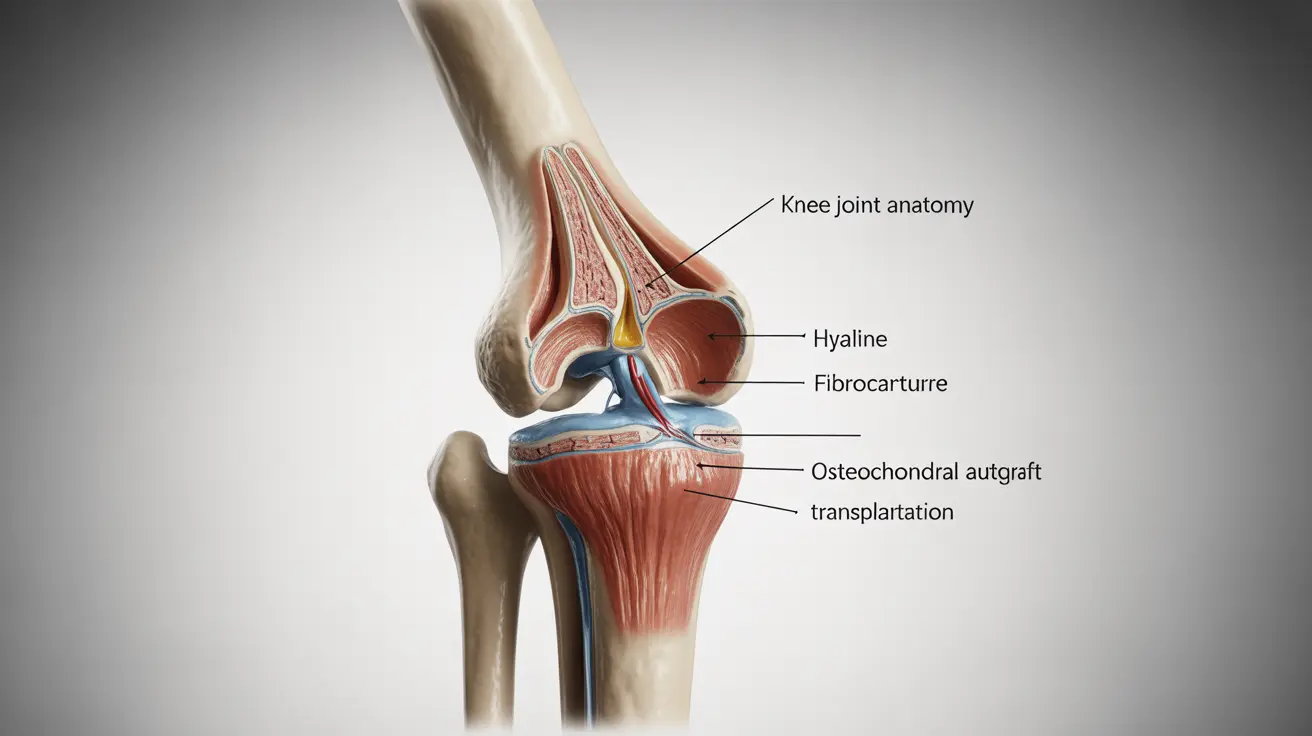The quintessential mineral: calcium's diverse roles
At its core, calcium's most recognized role is in lending strength and structure to bones and teeth, comprising about 99% of the calcium in our bodies. Yet, this mineral's contributions extend far beyond skeletal support. Calcium is crucial in facilitating blood clotting - a complex cascade that prevents excessive bleeding. In the dynamic theatres of muscle contraction and relaxation, calcium takes center stage, acting as a critical messenger in nerve signal transmission. Furthermore, it plays a starring role in cardiac function, ensuring that the heart's rhythm remains regular and robust.
Imbalance: symptoms of deficiency and excess
Calcium's tale, however, is one of delicate balance. When this balance tips, the repercussions manifest subtly yet significantly. Hypocalcemia, a state of calcium deficiency, unveils itself through numbness, particularly around the mouth and in fingers and toes, muscle spasms, lethargy, and in grave cases, cardiac arrhythmias. Meanwhile, hypercalcemia, an excess of calcium, mirrors this subtlety in symptoms ranging from nausea, abdominal pain, and excessive thirst to cognitive disturbances like confusion and lethargy.
Dietary sources and the question of supplementation
Nature's bounty offers a plethora of calcium sources, prominently featuring dairy products like milk, cheese, and yogurt. Leafy green vegetables, almonds, and fortified foods play supporting roles in this nutritional ensemble. While diet ideally fulfills calcium needs, certain conditions - lactose intolerance, dietary preferences, or specific medical conditions - may necessitate supplementation. Here, the maxim "too much of a good thing" rings true, as excessive supplementation could lead to kidney stones and hinder the absorption of other essential minerals.
Understanding Calcium Test Results
When interpreting the results of a calcium test, it is important to understand what is considered a normal range for calcium levels in the blood or urine. The normal range can vary depending on factors such as age, gender, and overall health. Here are some general guidelines for interpreting calcium test results:
- Normal total serum calcium levels typically range from 8.5 to 10.2 milligrams per deciliter (mg/dL).
- Normal ionized calcium levels typically range from 4.6 to 5.3 mg/dL.
- Abnormal total serum calcium levels may indicate hypercalcemia (high calcium levels) or hypocalcemia (low calcium levels). Your healthcare provider will determine if further tests are needed to diagnose the underlying cause of the abnormal calcium level.
- Abnormal urine calcium levels may indicate kidney stones or other conditions related to abnormal calcium metabolism.
Important to note is that a single calcium test result may not provide enough information to diagnose a specific condition related to abnormal calcium levels. Your healthcare provider will consider your individual medical history, symptoms, and other test results when interpreting your Calcium Test results.
Talk to your healthcare provider if you have questions about your Calcium Test results or what they mean for your health. He or she can advise you on next steps and develop a treatment plan, if needed.
Unveiling the Role of the Corrected Calcium Test
Given the stealthy nature of calcium's imbalance symptoms, testing emerges as a strategic tool in the health arsenal. The Calcium Test stands out in this context. While the Total Calcium test measures all calcium in the blood, including that bound to proteins, the Calcium Test offers a more nuanced picture by accounting for varying protein levels, providing a more accurate reflection of the calcium available for bodily functions.
This test becomes particularly critical for individuals at risk of calcium imbalance due to medical conditions, dietary restrictions, or those on supplementation. Early detection facilitated by the Calcium Test can guide timely dietary modifications and medical interventions, averting the potential for more severe complications.
The Perils of Neglect: Hypercalcemia and Hypocalcemia Complications
Untamed, calcium imbalances chart a course toward complications. Persistent hypocalcemia may culminate in osteoporosis, where bones become brittle, predisposed to fractures. In the realm of hypercalcemia, the specter of kidney stones looms large, alongside potential kidney failure and calcification of tissues outside the skeletal system.
Proactive health Management Through Testing
In unraveling the complexities of calcium in human health, the narrative arcs toward a singular conclusion - the indispensability of calcium in sustaining life's symphony. Equipped with knowledge of its roles, sources, and the subtle harbingers of its imbalance, the path forward is one of proactive engagement.
Recognizing symptoms indicative of calcium excess or deficiency is the first step. Incorporating a diverse array of calcium-rich foods into one's diet while navigating the supplementation conundrum with informed prudence forms the next. Nevertheless, the cornerstone of this proactive stance is testing, with the Calcium Test serving as a critical tool in this endeavor.
Testing not only unveils the unseen, guiding those on the precipice of imbalance back to equilibrium but also reinforces the conviction that, in the quest for health, knowledge fortified by action is our most formidable ally.
In closing, let this exploration serve as an impetus to embrace proactive health management. Consider undergoing the Calcium Test if you traverse the risk spectrum of calcium imbalance. Let us navigate this journey with resolve, ensuring that calcium, this keystone of health, remains our steadfast ally in the pursuit of vitality and well-being.
FAQ
What are the primary functions of calcium in the body?
Calcium plays critical roles in bone and teeth health, blood clotting, muscle contraction and relaxation, nerve signal transmission, and maintaining a regular heart rhythm.
What symptoms might indicate a calcium imbalance in the body?
Symptoms of hypocalcemia (deficiency) include numbness around the mouth and extremities, muscle spasms, and lethargy, while hypercalcemia (excess) can cause nausea, abdominal pain, excessive thirst, and cognitive disturbances like confusion.
Can dietary choices fulfill the body's calcium needs, and when might supplementation be necessary?
Yes, dietary sources such as dairy products, leafy green vegetables, and almonds can fulfill calcium needs. Supplementation might be necessary for individuals with specific dietary restrictions, medical conditions, or preferences (e.g., lactose intolerance or veganism).
Why is testing for calcium levels important, and which test offers a more accurate reflection of calcium levels in the body?
Testing for calcium levels is crucial for early detection of imbalances, guiding dietary and medical interventions. The Calcium Test is recommended for a more accurate reflection of the body's calcium levels, as it accounts for varying protein levels in the blood.
What are the potential complications of untreated calcium imbalances?
Untreated hypocalcemia may lead to osteoporosis, characterized by brittle bones prone to fractures. Hypercalcemia can result in kidney stones, potential kidney failure, and calcification of tissues outside the skeletal system.




